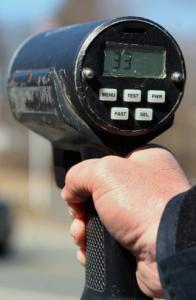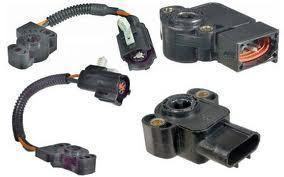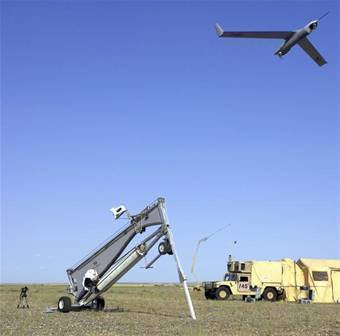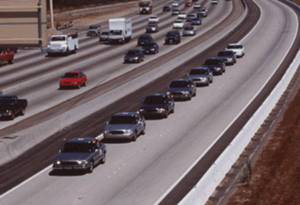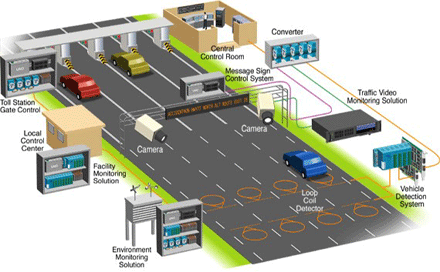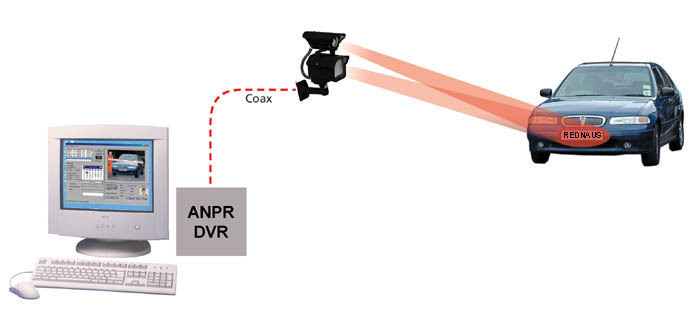How Do Speed Traps Work?
A common law enforcement practice known as "speed traps" or "speed trapping" is based on one universal factor: Almost everyone speeds. Everyone has their reasons but most people speed on occasion just because they can. While this excessive acceleration is usually harmless as drivers have enough time to slow down during emergencies, many fatal car …

